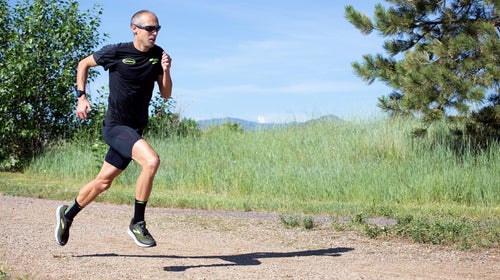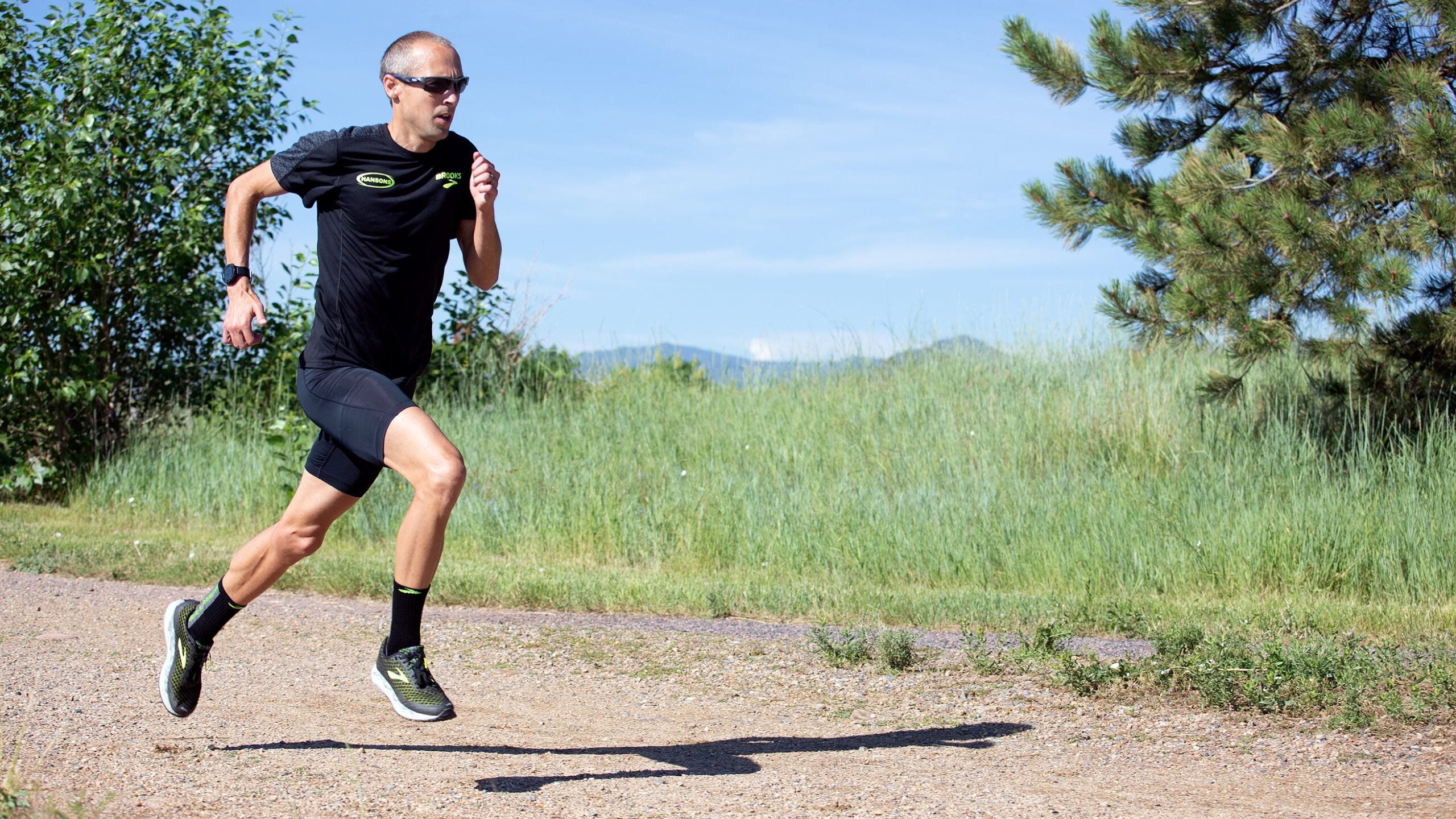Even the best runner is only as good as their weakest link. For many marathoners, including myself, that weakest link is their hamstrings. Over years of racing, I have many different obstacles, but the most frustrating problem for me has always been hamstring cramping during the latter stages of a marathon.
Many times I would feel amazing through 15–20 miles before being stopped dead in my tracks with uncontrolled spasming of my hamstrings. It usually starts as a light fluttering. It’s almost imperceptible but slowly it gets more intense and more frequent.
Athletes who have experienced it know the feeling, but the best way I can describe it is like the muscles are short-circuiting. If you have ever had electric stimulation done at the physical therapy office, it feels just like that. That is essentially what is happening: The muscles start firing at random in a short circuit.
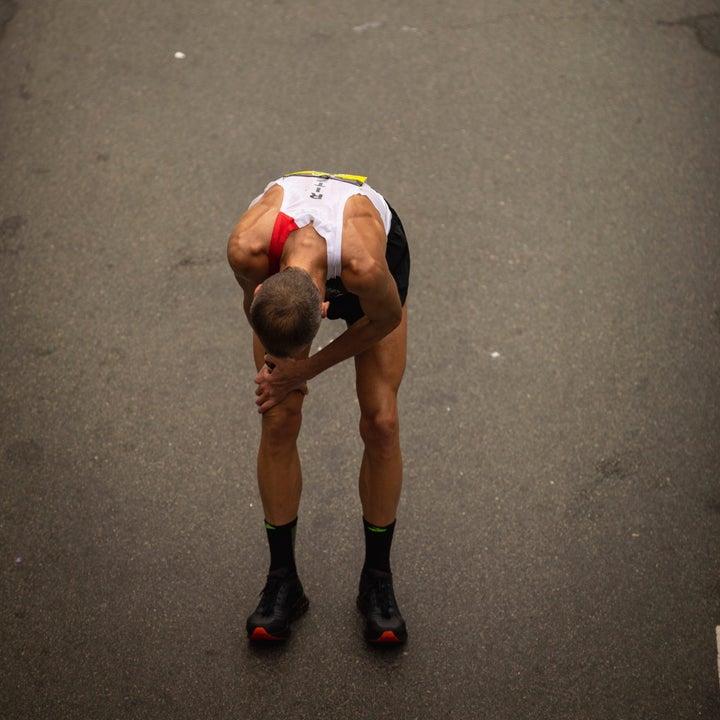
Endurance, Not Electrolytes
Many athletes have been ingrained to think that cramping is caused by dehydration or electrolyte imbalance. That can certainly happen, but most athletes are prepared for that on race day. More likely the culprit is from fatigue that is overloading the nerves and causing a misfire to the muscle.
Just like the electrical stimulation you get at the PT office, your body sends electrical cues to your muscles. When you get out too fast in the early stages of the race or are unprepared for the pace you are running, it can leave you struggling to just keep one foot in front of the other.
This happens so often in marathons compared to other races because we never really go that far in practice at that intensity level. Even for professional runners, there are diminishing returns to run more than 20 miles at race pace. I have on several occasions run 20 miles at my marathon race pace. Before the 2009 London Marathon, 2010 NYC marathon, and 2012 Olympic Trials Marathon I ran 20 miles at 4:53 per mile or faster. Still, I had hamstring cramping just past 20 miles in each one of those races.
After having this happen in a marathon, you might think to yourself, “I need to strengthen my hamstrings.” I did, for sure. I felt there was no way I could be tapered and not be able to continue at those paces on race day for another 10k.
So I started a strength training program with exercises like deadlifts and hamstring curls. While that stuff was great for my general hamstring flexibly and strength, it was not enough to stop my cramping problems during the closing stages of each marathon. I had been working so hard on my hamstring strength, but I wasn’t able to keep the cramps away after 20 miles.
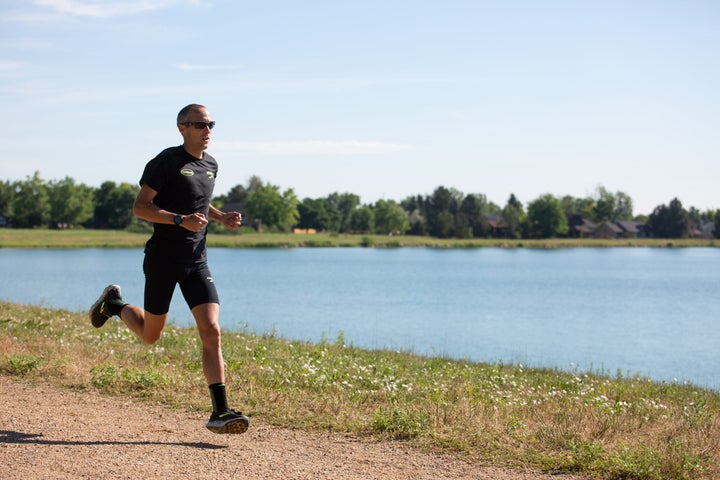
Sleuthing the Secret to Success
I started to think back to the one marathon that I had not cramped: the 2007 Olympic Trials. That race was very different because I was coming off the World Championships in the 10,000m. I had been racing track all summer and my speed was very good. I did not do any super long workouts like the previous 20 milers at my goal race pace.
For my next race, the 2012 Chicago Marathon, I was in a similar situation as in 2007. I was coming off the 10,000m in the Olympic Games and my speed was very good. I did marathon-specific pace work, but I never pushed that distance over 15 miles. I focused on having good short speed sessions every 3–4 workouts and I maintained more speed than I had in those previous races. I was able to go out and have a race where I never had any hamstring problems and finished strong in a PR 2:07:47.
At that point, I started to become a believer that short speed work is still essential for many runners to have a good marathon. Runners who are prone to cramping might need additional fast work that others don’t.
In marathon training, we often think that more is better. The distance is so long that we feel like we need to focus almost entirely on volume and marathon-pace training. While that is definitely essential in an event like the marathon, often we mostly abandon speed. As our bodies get better at the aerobic parts of running, we can sometimes lose the ability for our legs to handle the fast pace for so long. We never go that fast for that long in practice, so it’s hard to ever know what you will feel after 20 miles.
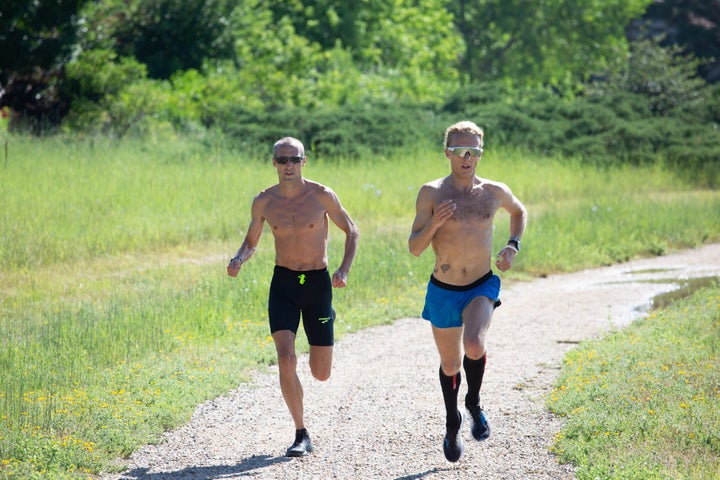
Short Speedwork for the Long Run
In subsequent marathons, I have had varied success, but without fail my best ones always come when I maintain some short fast workouts and when I have laid a foundation of that speed before the marathon training starts.
On several occasions, I couldn’t do that because of minor injury problems that kept me from being able to train fast. Those were the races I had problems with. I was so strong for the long sessions, but I would still have hamstring problems past 20 miles.
Not every runner is the same, but if you have experienced cramping, try adding some short sessions to your next training block. It might even be as simple as strides on easy days or a couple of 200’s to the end of an interval workout.
Here is one simple workout I often like to add to my schedule:
• 6–10 x 200m at 5k pace, with 200m recovery, plus
• 6–10 x 200m hills at the same effort
Doing a session like this every 3–4 workouts is pretty short and easy for most marathoners but it can be enough to get the hamstring firing well, while still allowing you to do the hard marathon training you need. In fact, you will likely feel better on those hard long sessions and be able to get more out of them.
Volume and marathon specific work is essential to run your best for 26.2 miles but don’t be afraid to try a little bit of speed to keep your hamstrings firing well and allow you to finish the last 10k strong.
